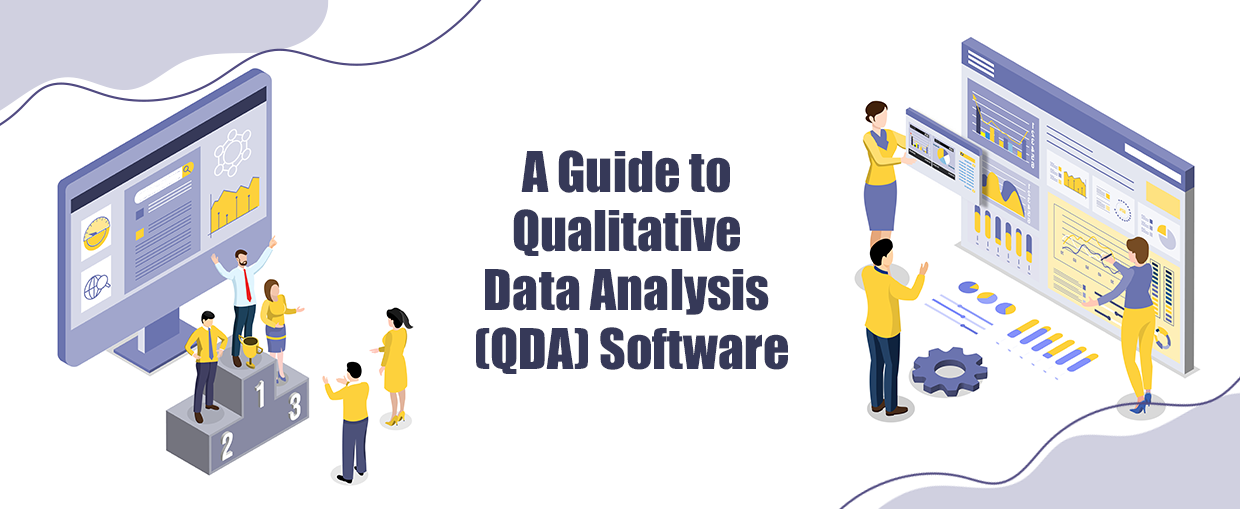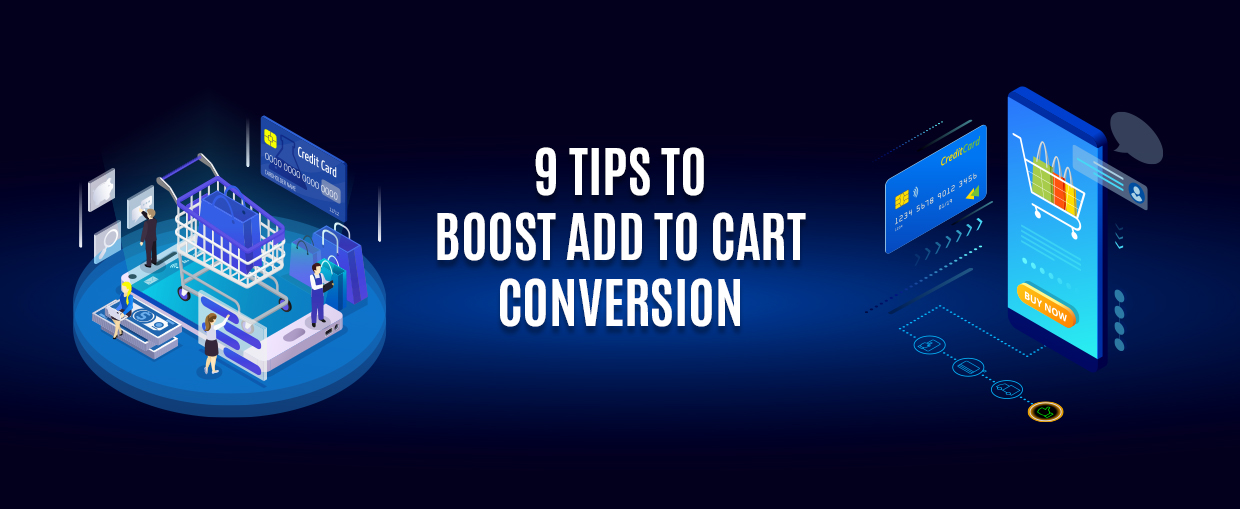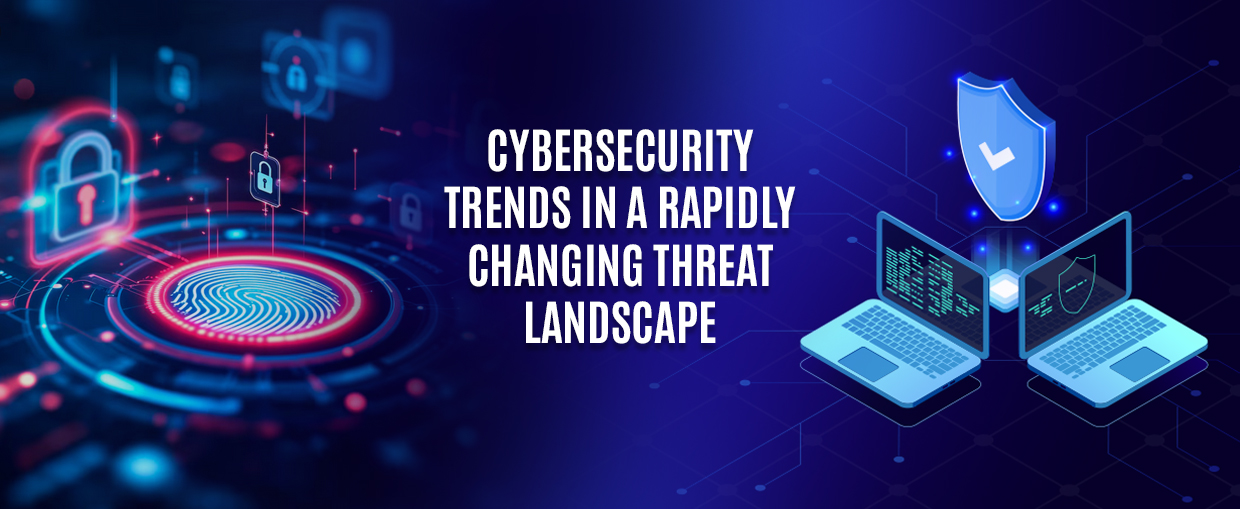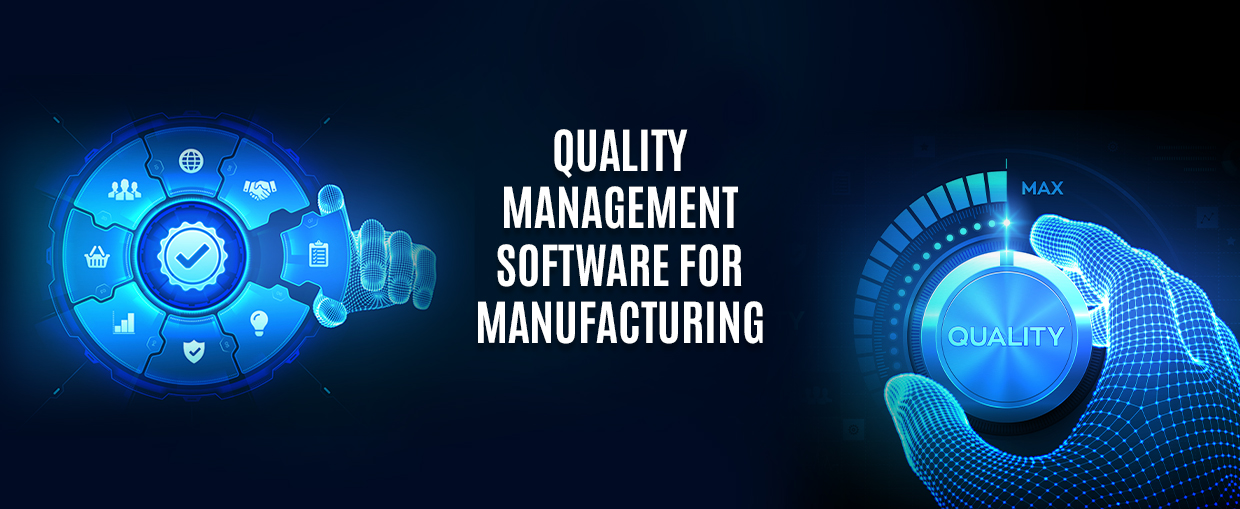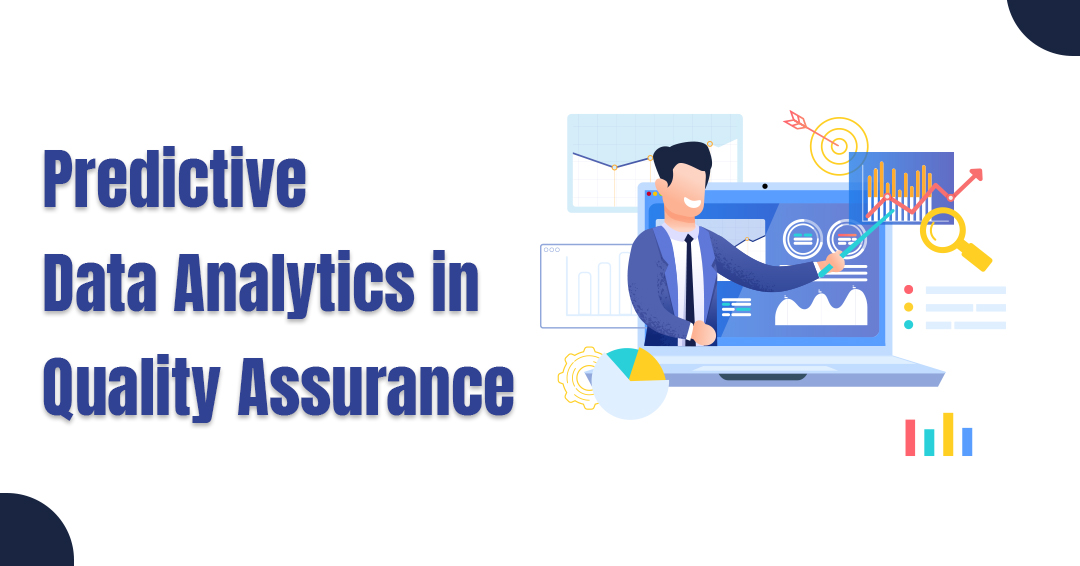Qualitative data analysis or QDA software (QDAS) has become indispensable to businesses seeking to better understand their consumers. It enables them to analyze trends and customer behavior. This understanding of target audience requirements can help them craft excellent experiences.
Researchers use QDAS developed by a capable software development company to organize, analyze, and display their data. It can help them identify patterns in qualitative or unstructured data such as interviews, surveys, field notes, videos, audio files, photographs, journal articles, interviews, online content, and so on.
This type of software is also used by app development services, software quality assurance or QA consulting services, and more. It helps them collect information beyond numerical statistics to assist them in making more accurate and informed decisions.
So, let’s break down everything you need to keep up with QDA software.
QDA Software: Quantitative & Qualitative Data Analyses
Quantitative data is everything that can be counted or measured and assigned a numerical value. Quantitative data can tell you “how many,” “how much,” or “how often”.
In contrast to quantitative data, qualitative data cannot be measured or counted. Researchers frequently use qualitative data to address “Why?” and “How?” questions. This type of data can reveal how a consumer feels about a certain product and/or service. You are asking the user to explain why they did something or how they feel using QDA software.
When do you intend to make use of one of these methods? Qualitative data analysis is commonly used for exploratory research or theory development, whereas quantitative data analysis is more suited for testing hypotheses, calculating averages, and determining relationships between variables especially in seasoned software quality assurance. To obtain useful data, quantitative research frequently requires a high sample size. Qualitative research, on the other hand, may employ considerably lower sample numbers while still yielding useful insights since so much data is in the form of text.
And, it’s not always simple, which is why many researchers end up using a “mixed methods” approach that combines both these research forms.
Ways of Using QDA Software in Research
QDAS is compatible with any qualitative research approach that a researcher does. Researchers rely on this software to evaluate non-numerical data (including text, photos, audio, videos, etc.). It does not endorse any one methodology; rather, it is intended to assist common qualitative procedures irrespective of methodology. Here’s a quick outline of how QDA software is used during research:
Data Management: Enables researchers to organize and handle huge amounts of qualitative data, making it easier to find and retrieve important information during analysis.
Coding: To code qualitative data, researchers use QDAS, which involves methodically finding and classifying themes, ideas, or patterns within the data. This technique assists researchers in identifying common themes and connections.
Text Analysis: Academics can evaluate textual data using techniques such as word frequency analysis, sentiment analysis, and text mining. Researchers can use this to identify patterns and trends in the data.
Visualization: This software frequently contains elements for displaying qualitative data, such as charting, graphing, and mapping. Researchers can use these visualizations to uncover trends and better convey their findings, ideal for competent app development services.
Collaboration: QDA solutions commonly facilitate researcher collaboration by enabling numerous users to work on the same topic at the same time, share data, and share ideas as seen in QA consulting services.
Ultimately, QDAS is a useful tool for qualitative researchers since it allows them to manage, analyze, and understand non-numerical data more successfully.
Things to Consider While Approaching a QDAS Research Project
Every research project is unique, and how you arrange and analyze the material relies on your technique, data, and research design.
- QDA software for qualitative research projects requires careful planning, preparation, and reflection
- If you want to use it successfully and ethically, specify your research goal and design before selecting and implementing the best QDAS, and ensure that they are compatible
- Additionally, it is essential to understand how to use QDAS precisely and critically, seeking help and support as needed say from a software development company
- When using QDAS, you should be flexible and creative in how you adjust it to your data and analysis
- Also, preserve transparency and accountability by clearly and honestly recording and reporting your analytical process and decisions which is essential during app development services
- When using QDAS, it is also important to show respect and responsibility while preserving the rights of data sources and collaborators
Steps to Launch Your Project Using QDAS
Given that each project (and researcher) is unique, there is no single “gold standard” approach to organizing and analyzing your data, but there are some useful strategies to successfully get you started. They are:
- Begin immediately, rather than waiting until you have collected every single one of the data. Incorporate your research design, grant application, or thesis proposal with your QDA software.
- Create a project notebook to document your research questions and goals. Why are you pursuing this project? What exactly is it about? What are you expecting to discover and why?
- Create a mind map to organize your preliminary ideas. Describe the relationships or trends you hope to find in your data based on previous experience or preliminary reading.
- Import interviews, field notes, and focus groups and organize them into folders for easy access.
- Create a foundational code structure based on preliminary reading and ideas to better aid app development services
- Use frequency queries to identify prevalent themes in your code structure.
- Create cases for people, places, and other cases in your project just like it is done in software quality assurance
- Create memos and describe your data mining finds and interpretations to explore and code emerging topics.
- Make frequent backups to protect your work.
Picking the Pace
QDA software aids in the organization, management, and analysis of data. The benefits of adopting this software include time savings, the capacity to manage massive volumes of qualitative data, more flexibility, better validity and audit of qualitative research, and freedom from manual and clerical labor. However, it is always better to achieve this by partnering with a credible software development company with their seasoned expertise.

